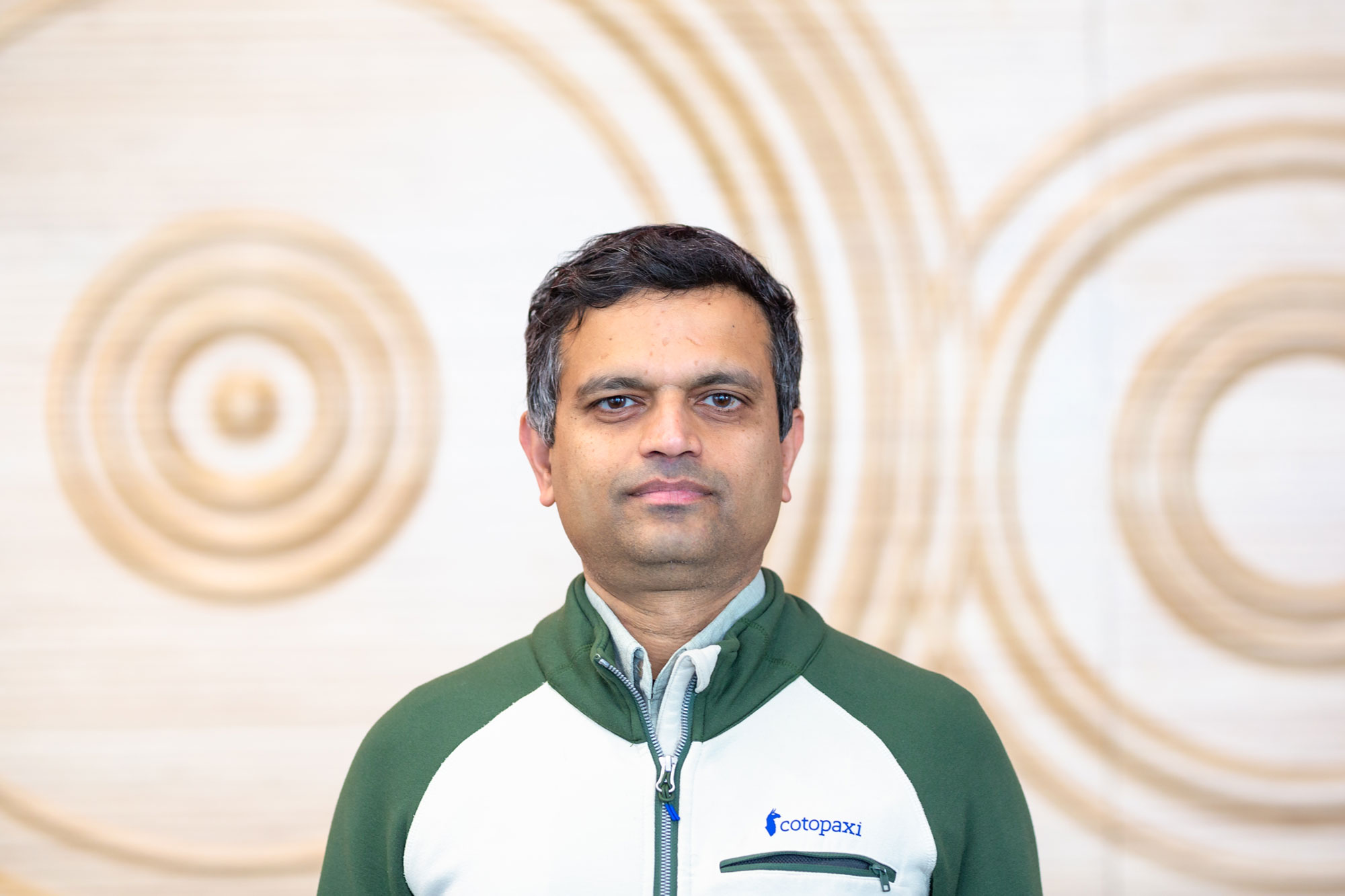Can commutative algebra solve real-world problems?

Srikanth Iyengar
“When we first study advanced math, we learn to solve linear and quadratic equations, generally a single equation and in one variable,” said Srikanth Iyengar, Professor of Mathematics at the U. “But most real-world problems aren’t quite so easy—they often involve multiple equations in multiple variables.”
Finding explicit solutions to such equations is generally not feasible nor useful—it’s much more helpful to look for overall structure in the collection of all possible solutions. These solution sets are called algebraic varieties. The word algebraic indicates their origin is from polynomial equations, as opposed to equations involving things like trigonometric and exponential functions. Over the centuries, mathematicians have developed various tools to study these objects. One of them is to study functions on the space of solutions, and algebra is a good way to begin. These functions form a mathematical structure called a commutative ring. Commutative algebra is the study of commutative rings and modules, or algebraic structures over such rings.
Iyengar’s research focuses on understanding these structures, which have links to different areas of mathematics, particularly topology and representation theory.
Iyengar joined the Mathematics Department in 2014. He grew up in Hyderabad, India, and received a master’s degree and Ph.D. from Purdue University. Before joining the U, he taught at the University of Nebraska-Lincoln.
The foundation of commutative algebra lies in the work of 20th century German mathematician David Hilbert, whose work on invariant theory was motivated by questions in physics.

Srikanth Iyengar, Professor of Mathematics at the University of Utah
As a subject on its own, commutative algebra began under the name “ideal theory” with the work of mathematician Richard Dedekind, a giant of the late 19th and early 20th centuries. In turn, Dedekind’s work relied on the earlier work of Ernst Kummer and Leopold Kronecker. The mathematician responsible for the modern study of commutative algebra was Wolfgang Krull, who introduced concepts that are now central to the study of the subject, as well as Oscar Zariski, who made commutative algebra a foundation for the study of algebraic varieties.
“One of the things I enjoy about my research is how commutative algebra has so many connections to other things,” said Iyengar. “It makes for rich and lively research. Commutative algebra is continually reinvigorated by problems and perspectives from other fields.” Funding for Iyengar’s research is from the National Science Foundation. The Humboldt Foundation and the Simons Foundation have also provided support.
Commutative rings arise in diverse contexts in mathematics, physics, and computer science, among other fields. Within mathematics, besides functions on algebraic varieties, examples of commutative rings include rings of algebraic integers—the stuff of number theory. Commutative rings also arise, in myriad ways, in the study of symmetries of objects—algebraic topology, graph theory, and combinatorics, among others. One of the areas of physics where commutative algebra is useful is with string theory.
In recent years, ideas and techniques from commutative algebra have begun to play an increasingly prominent role in coding theory, in reconstructions, and biology with neural networks. While not everything Iyengar does day-to-day (or perhaps even in the span of a few years) has a direct impact in the field, mathematicians have a way of impacting other areas far from their original source, often decades later. There are many striking examples of this phenomenon. The “unreasonable effectiveness of mathematics” is well known. The phrase is part of a title of an article published in 1960 by Eugene Wigner, a Hungarian-American mathematician and theoretical physicist.
“I work by thinking about a piece of mathematics—perhaps it’s a research paper or a problem I run into somewhere in a textbook or a talk,” said Iyengar. “This sometimes leads to interesting research projects; at other times, it ends in a dead end. My perspective on research is that it’s more like a garden (or many interconnected gardens) waiting to be explored, rather than peaks to be climbed. Sure, there are landmarks but there’s rarely a point when I can say, Well, this is it—there’s nothing more to be achieved.’’
- by Michele Swaner
First Published in Discover Magazine, Fall 2019




